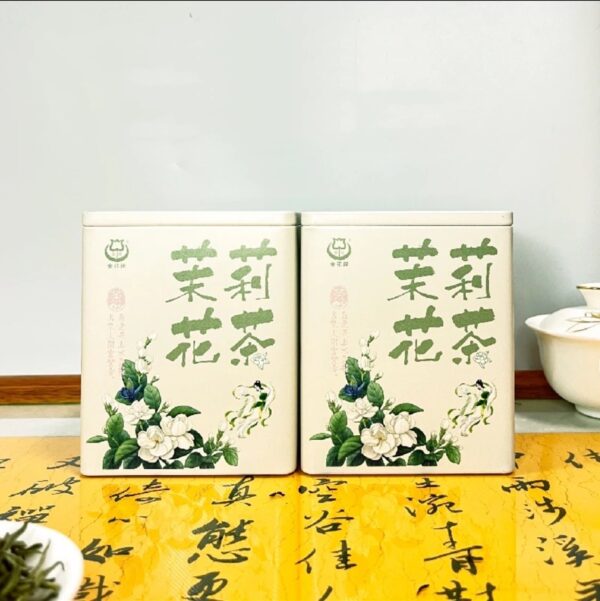Jasmine Tea: A Fragrant and Soothing Beverage

# Jasmine Tea: A Fragrant and Soothing Beverage
## The Allure of Jasmine Tea
Jasmine tea is one of the most beloved scented teas in the world, renowned for its delicate floral aroma and smooth, soothing taste. This fragrant beverage has been enjoyed for centuries, originating in China during the Song Dynasty (960-1279 AD). The tea’s popularity has since spread globally, captivating tea enthusiasts with its unique combination of tea leaves and jasmine blossoms.
## How Jasmine Tea is Made
The production of jasmine tea is an art form that requires patience and precision:
The process begins with high-quality green tea leaves, typically from the Fujian province of China. These leaves are harvested in early spring and stored until the jasmine flowers bloom in summer. At night, when jasmine flowers naturally release their fragrance, tea masters layer the tea leaves with fresh jasmine blossoms. This scenting process may be repeated multiple times over several weeks to achieve the perfect balance of aroma.
Traditional vs. Modern Methods
Keyword: jasmine tea
Traditional methods involve hand-picking and natural scenting, while modern production may use machines and artificial flavoring. However, connoisseurs agree that traditionally scented jasmine tea offers superior quality and complexity.
## Health Benefits of Jasmine Tea
Beyond its delightful taste, jasmine tea offers numerous health benefits:
- Rich in antioxidants that help combat free radicals
- May reduce stress and promote relaxation
- Contains compounds that support heart health
- Can aid digestion and metabolism
- May help regulate blood sugar levels
It’s important to note that many of these benefits come from the green tea base, while the jasmine adds aromatic compounds that may have their own therapeutic effects.
## Brewing the Perfect Cup
To fully appreciate jasmine tea’s delicate flavors, proper brewing is essential:
Water Temperature
Use water heated to about 175°F (80°C) – boiling water can scorch the leaves and make the tea bitter.
Steeping Time
Steep for 2-3 minutes for the first infusion. High-quality jasmine tea can often be steeped multiple times, with each infusion revealing different nuances of flavor.
Serving Suggestions
Jasmine tea is best enjoyed plain to appreciate its natural flavors, though some prefer a touch of honey. It pairs beautifully with light desserts or Asian cuisine.
## Varieties of Jasmine Tea
There are several types of jasmine tea to explore:
| Type | Description |
|---|---|
| Jasmine Pearl | Hand-rolled tea leaves that unfurl when steeped |
| Jasmine Silver Needle | Made with white tea buds for a delicate flavor |
| Jasmine Green | The most common variety, using green tea as base |
| Jasmine Oolong | A more robust version with oolong tea leaves |
## Cultural Significance
In Chinese culture, jasmine tea symbolizes purity and grace. It’s often served to honored guests and used in important ceremonies. The tea’s association with the moon (as jasmine flowers bloom at night) has inspired countless poems and artworks throughout history.
Today, jasmine tea continues to bridge cultures, offering a moment of tranquility in our busy modern lives. Whether enjoyed as a morning pick-me-up or an evening relaxant, this fragrant brew remains a timeless classic in the world of tea.
